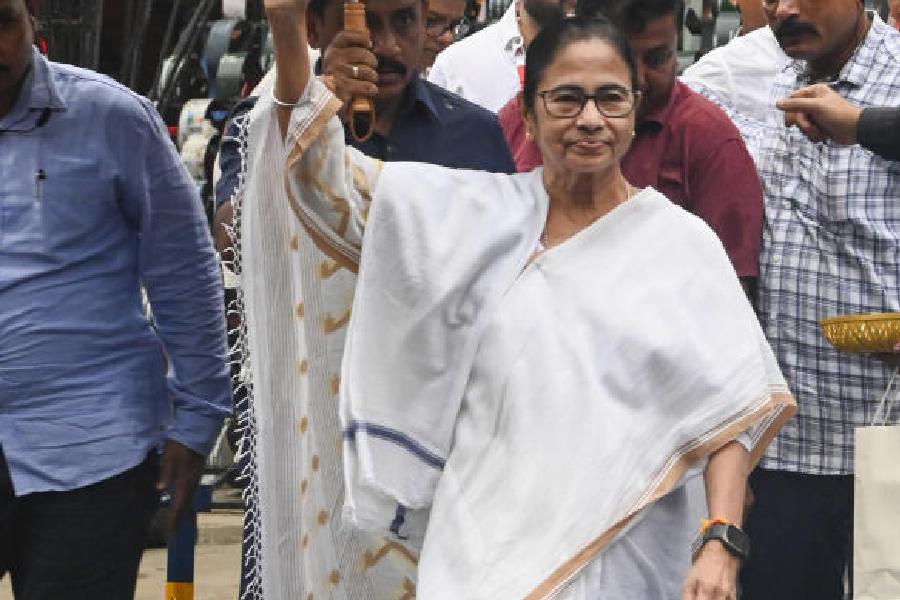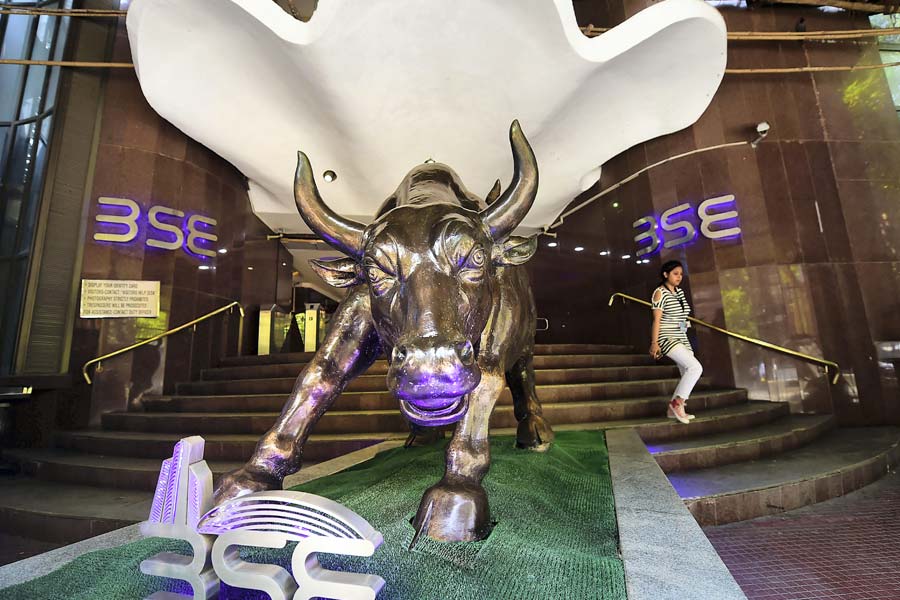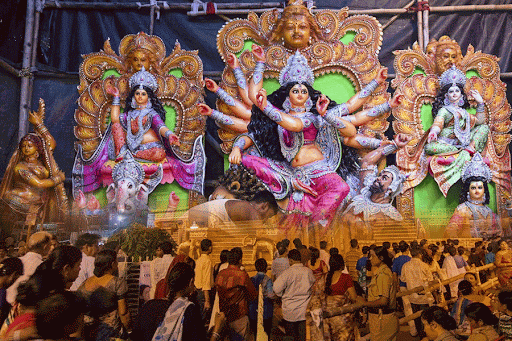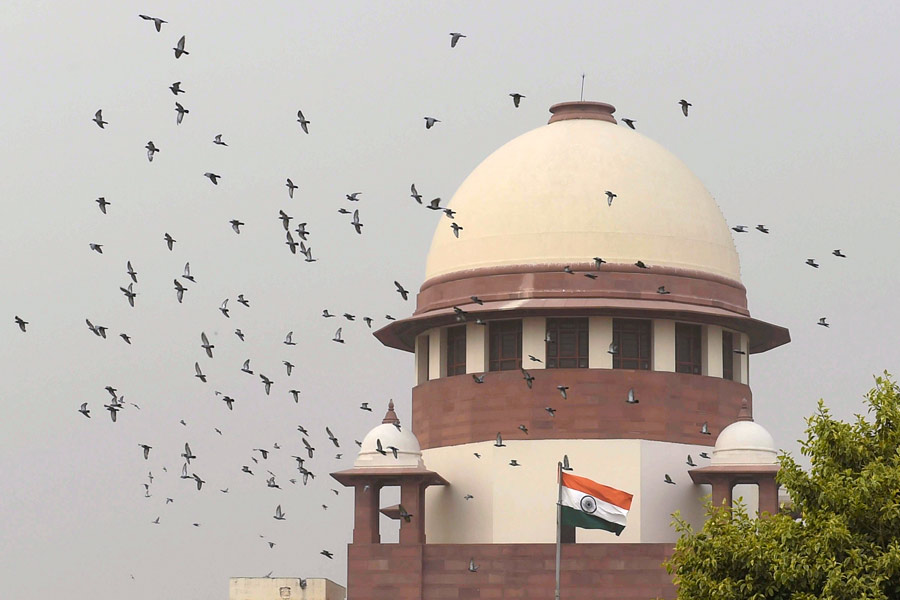Can desi cows moo-ve the Maharashtra elections? As the state elections rapidly approach, the government is betting on a rather unusual electoral weapon — desi cows!
In an udderly unique step, the government has announced that these indigenous bovines will be bestowed with the esteemed title of ‘Rajyamata Gomata,’ which translates to state mother cow.
And these cows are not just getting a fancy title! Each desi cow will bring Rs 50 daily to the gaushalas that care for them. “Since the gaushalas couldn’t afford it due to their low income, the decision was taken to strengthen them,” the Chief Minister's Office proudly announced
What’s the deal with these desi cows? Politicians are convinced they’re the cream of the crop, producing superior milk packed with health-giving nutrients. Even the dung from desi cows is touted as superior to that from foreign breeds like Holsteins and Jerseys. “The importance of desi cow milk in ayurvedic and panchgavya treatments has been recognised for centuries," the government said.
However, there’s a catch: The reality is that the population of pure desi cows has been falling dramatically since 1992, mainly due to rampant crossbreeding with foreign breeds by farmers chasing higher milk yields.
Agricultural economist Vikas Rawal highlights the extent of the problem: “You can’t say what the population of indigenous cows is because they have all been crossbred. Crossbreeding is so widespread that the only thing you can report are either hybrids or unknown varieties.”
This situation has led to what is often referred to as “indiscript” or “nondescript” in surveys. “You can’t identify the breed. That is all that you have now,” he adds, pointing out that “most people can’t say what breed it is. They have now been crossbred for generations.”
So, where can you find desi cows today? Regions like Gujarat, Rajasthan and Uttar Pradesh are the main places for indigenous breeds like the Gir and Sahiwal. In Maharashtra there are desi breeds like the Dangi (2 lakh to 2.5 lakh), the Gavlau, the Lal Kandhari and the Khillar.
There are, according to the last breed survey in 2019, about 4.6 million desi cows in the state but very few of some breeds like the Lal Kandhari remain. The number of desi cows fell by about 8 per cent from the earlier survey in 2012.
Rawal notes that most cows in India are hybrids or of unknown variety due to generations of interbreeding as farmers sought to create higher-yielding cattle.
“To face facts, it’s chaos. This is actually the state in many parts of the world and very much so in India. Livestock breeds are all mixed up,” Rawal explains.
Farmers initially turned to crossbreeds for their higher milk yields. But they often find themselves stuck with cows that struggle in India’s hot and humid climate, leading to health issues and reduced fertility.
While desi cows are celebrated for their adaptability to local environments and their resilience to diseases, they also face significant challenges. The fact that they typically produce less milk than their high-maintenance foreign counterparts is the biggest turnoff for farmers. And that difference is huge.
A typical desi Gir Shiwal or Red Sindhi cow gives only 1,500-2,000 litres over a 300-305 day lactation cycle compared to 7,000-to-8,000 from exotic breeds such as Holstein Friesian and Jersey and 4,000-4,500 litres from crossbreds.
This sizeable gap in yields can deter farmers from keeping desi breeds as the market clearly wants higher milk production. Additionally, the nutritional benefits attributed to desi cow milk, such as higher levels of A2 beta-casein protein, have yet to be conclusively proven in scientific studies.
Cattle experts believe the state’s focus on desi cows is more a political gimmick than a genuine commitment to preserving indigenous breeds. “A lot of it is unfortunately only political. They are not even seriously interested in identifying breeds and doing something about it,” Rawal says.
There is a value to preserving indigenous breeds and identifying what their strengths are. But that’s a tough job. “Preserving breeds is much more difficult than preserving plant seeds. For animals, you will have to preserve embryos, which is much more complicated. But these people are not interested in all that. They are interested in the political narrative,” Rawal says.
As Maharashtra gears up for what is seen as a tight election, the government’s grand plan hinges on what it hopes is voters’ love affair with desi bovines translating into ballots. Will the government’s strategy be sufficient to milk enough votes to return it to power? One thing’s for sure — these cows are moo-ving into the spotlight.










